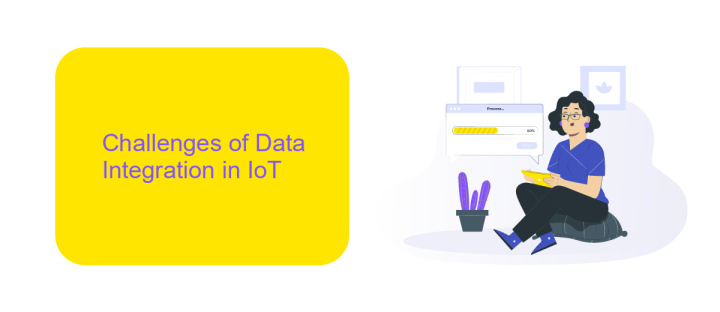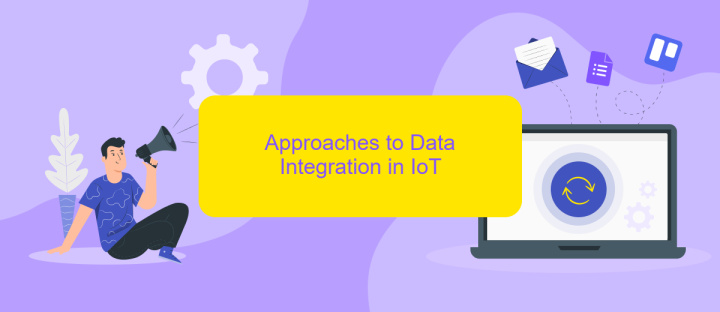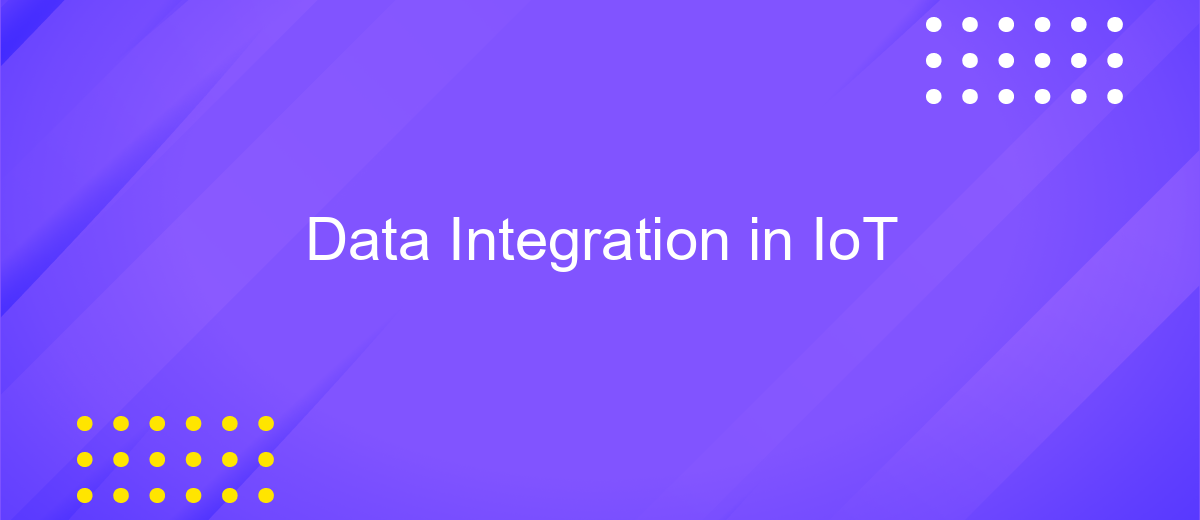Data Integration in IoT
Data integration in the Internet of Things (IoT) is crucial for harnessing the full potential of interconnected devices. By seamlessly merging data from various sources, businesses can gain valuable insights, enhance operational efficiency, and drive innovation. This article explores the key challenges and strategies for effective data integration in IoT, highlighting its significance in today's data-driven world.
Introduction
The rapid proliferation of Internet of Things (IoT) devices has revolutionized various industries by enabling seamless connectivity and data exchange. As the number of connected devices grows, the challenge of integrating diverse data sources becomes increasingly complex. Effective data integration in IoT ecosystems is crucial for deriving meaningful insights and making informed decisions. This process involves consolidating data from various sensors, devices, and platforms to create a unified view, which can be leveraged for advanced analytics and real-time monitoring.
- Ensuring interoperability between heterogeneous devices and protocols.
- Managing the volume, velocity, and variety of IoT data.
- Maintaining data quality and consistency across different sources.
- Implementing robust security measures to protect sensitive information.
- Facilitating real-time data processing and analytics.
Addressing these challenges requires a comprehensive approach that combines advanced data integration techniques, scalable infrastructure, and robust security protocols. By effectively integrating IoT data, organizations can unlock the full potential of their IoT investments, driving innovation and operational efficiency. This paper explores the key aspects of data integration in IoT, highlighting best practices and emerging trends that are shaping the future of this dynamic field.
Challenges of Data Integration in IoT

Integrating data in the Internet of Things (IoT) ecosystem presents several challenges. One of the primary issues is data heterogeneity, as IoT devices generate diverse data formats, making it difficult to achieve seamless integration. Additionally, the sheer volume of data produced by numerous IoT devices can overwhelm traditional data processing systems, leading to latency and inefficiency. Ensuring data quality and consistency across various sources is another significant hurdle, as discrepancies can result in inaccurate insights and decisions.
Security and privacy concerns also pose substantial challenges in IoT data integration. With sensitive data being transmitted and processed, ensuring robust encryption and access controls is crucial to prevent unauthorized access and data breaches. Moreover, the dynamic nature of IoT environments necessitates scalable and flexible integration solutions. Services like ApiX-Drive can play a vital role in addressing these challenges by offering automated data integration and synchronization, thereby reducing manual efforts and enhancing overall system efficiency. However, continuous monitoring and updating of integration protocols are essential to keep pace with evolving IoT technologies and standards.
Approaches to Data Integration in IoT

Data integration in IoT is essential for enabling seamless communication and interoperability between diverse devices and systems. Various approaches can be employed to achieve effective data integration in IoT environments, each with its unique advantages and challenges.
- Middleware Solutions: Middleware acts as an intermediary layer that facilitates communication and data exchange between different IoT devices and applications.
- Standardized Protocols: Utilizing standardized communication protocols such as MQTT, CoAP, and HTTP ensures compatibility and interoperability across various devices and platforms.
- Data Abstraction: Abstracting data into a common format or structure allows for easier integration and analysis, regardless of the original data source.
- Cloud-Based Integration: Leveraging cloud platforms for data storage and processing provides scalability and centralized management for IoT data.
- Edge Computing: Processing data at the edge of the network reduces latency and bandwidth usage, enabling real-time data integration and decision-making.
Each approach to data integration in IoT offers distinct benefits and can be selected based on specific use cases and requirements. By combining these methods, organizations can create robust and efficient IoT ecosystems that enhance data utilization and drive innovation.
Case Studies

In recent years, the integration of data in IoT systems has revolutionized various industries by enabling seamless connectivity and data sharing. One notable case study is the implementation of IoT in smart cities, where data from sensors and devices is integrated to optimize urban infrastructure and services. This integration has led to improved traffic management, energy efficiency, and public safety.
Another compelling example is in healthcare, where IoT devices collect and integrate patient data from various sources, such as wearable devices, electronic health records, and remote monitoring systems. This comprehensive data integration allows for personalized patient care, early diagnosis, and better treatment outcomes.
- Smart agriculture: IoT sensors monitor soil moisture, weather conditions, and crop health, integrating data for optimized farming practices.
- Industrial automation: IoT devices in manufacturing collect data on machine performance, enabling predictive maintenance and reducing downtime.
- Retail: IoT systems track inventory levels and customer behavior, integrating data to enhance supply chain management and customer experience.
These case studies highlight the transformative potential of data integration in IoT, demonstrating how different sectors can leverage this technology to achieve greater efficiency, innovation, and overall improvement in their operations.
Conclusion
Data integration in IoT is a critical component for harnessing the full potential of interconnected devices. By seamlessly merging data from various sources, organizations can achieve more accurate analytics, improved decision-making, and enhanced operational efficiency. The complexity of integrating diverse data formats and protocols, however, presents significant challenges that require robust solutions and strategic planning.
Tools like ApiX-Drive facilitate this integration by providing a user-friendly platform to connect disparate systems effortlessly. With its ability to automate data workflows and synchronize information across multiple platforms, ApiX-Drive ensures that data is consistently accurate and up-to-date. As IoT continues to expand, leveraging such integration services will be essential for businesses aiming to stay competitive and innovative in a rapidly evolving technological landscape.
FAQ
What is Data Integration in IoT?
Why is Data Integration important for IoT?
What challenges are commonly faced in IoT Data Integration?
How can businesses automate and simplify IoT Data Integration?
What are some best practices for successful IoT Data Integration?
Strive to take your business to the next level, achieve your goals faster and more efficiently? Apix-Drive is your reliable assistant for these tasks. An online service and application connector will help you automate key business processes and get rid of the routine. You and your employees will free up time for important core tasks. Try Apix-Drive features for free to see the effectiveness of the online connector for yourself.

